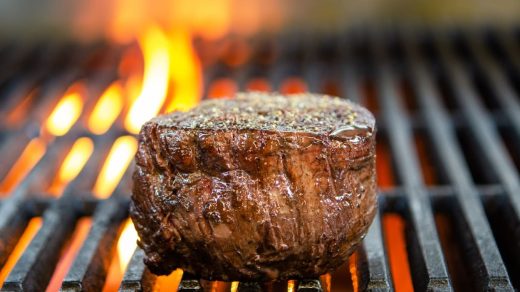This Florida steak house is the first in the U.S. to serve plant-based steak
At a traditional fine-dining steak house in Orlando, Florida—where the steaks are seared on a wood-fired pit and served by waiters in tuxes—the classic filet mignon and porterhouse on the menu will now be joined by plant-based steak.
Charley’s Steak House is the first of its kind in the U.S. to begin serving a plant-based option. A startup called Chunk makes the steak, which the company says looks and tastes like beef; it’s red in the center when it’s cooked medium-rare. In blind taste tests, “it fooled us,” says Seth Miller, vice president and COO of Talk of the Town Restaurant Group, which runs Charley’s.
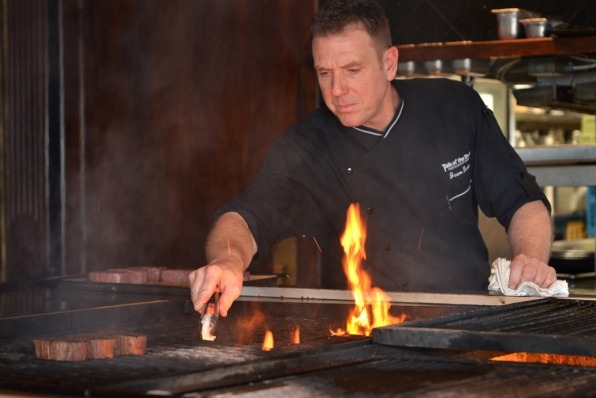
Until now, the team hadn’t been able to find a product that it was willing to serve. “We’ve been looking to fill this niche in our menus for quite some time,” says executive vice president Clark Woodsby. It’s common, he says, for large groups to come to the restaurant with one or two vegetarians among them. For at least a decade, the team had been scouring food trade shows for something to offer them.
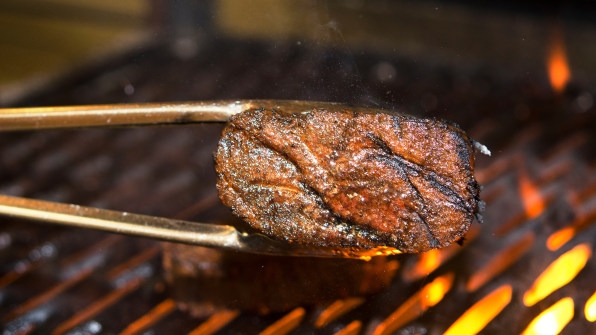
“We always go in the show and turn right, into the vegan and vegetarian section,” Miller says. “And we’ve just been disappointed.” The flavor and texture and look of the products that were available didn’t meet their standards.
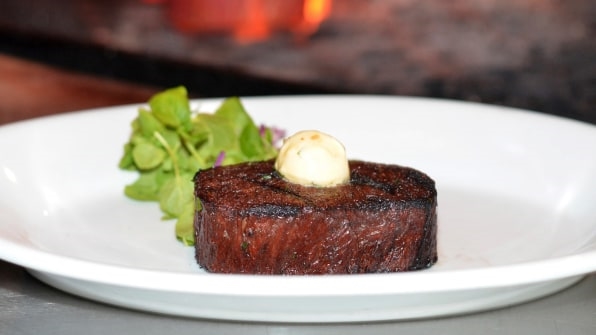
At a recent restaurant show in Chicago, they finally discovered Chunk. The startup uses a patented fermentation process to make whole cuts of steak.
“While the technology is rooted in classic fermentation methods, the end product leverages years of science and technology,” says Amos Golan, Chunk founder and CEO. “One of the biggest challenges in the industry is mimicking the texture, color, and taste of traditional meat, along with controlling the direction and thickness of the fibers and the juiciness of the cut. While these are all very hard to achieve even at the bench scale, they are even harder to achieve at a large scale and with unit economics.”
Fermentation makes it possible, he says.
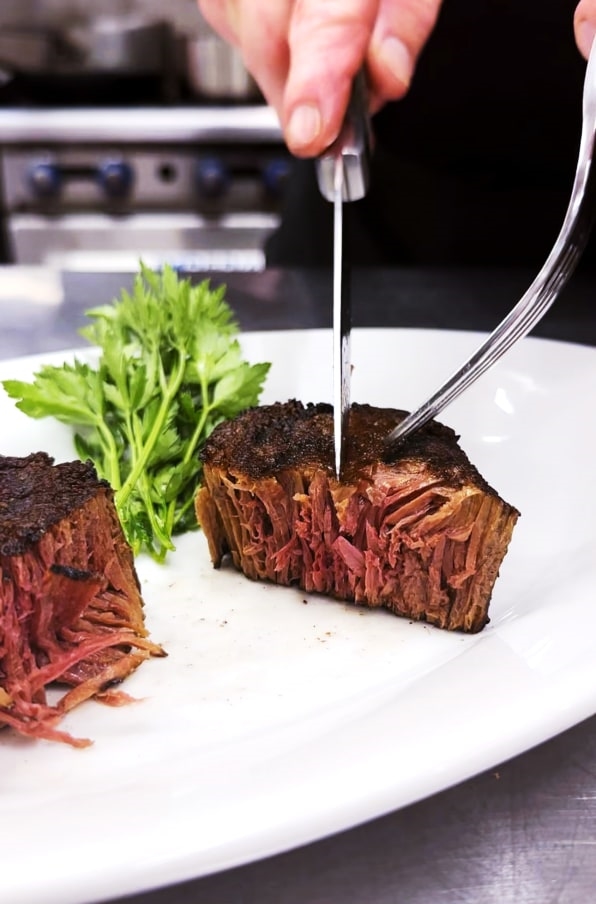
The product uses only a handful of ingredients, including fermented soy and wheat, beet juice, coconut oil, fortified iron, and B12. Unlike many plant-based meats, it avoids other additives like thickeners or binders. A 6-ounce version of the steak has 40 grams of protein and no cholesterol. Some meat eaters might choose it if they’re looking for a healthier option—especially business travelers who’ve been to the restaurant multiple nights in a row, Miller says.
The plant-based steak can be pan-seared, basted, grilled, smoked, stewed, barbecued, or otherwise prepared like a cut of beef. “Since we cook on an open fire, we wanted it to perform very similar to a steak—we didn’t want to bring in something that we would have to create separate execution or different procedural standards for,” Miller says. On the wood-fired pit at the center of the restaurant, where the temperature can reach 1,200 degrees, the steak sears and the coconut oil renders.
Talk of the Town Restaurant Group plans to later offer it at its other steak houses, including Texas Cattle Co. and Vito’s Chop House. Although Chunk’s steak is already available at some other restaurants, having it at traditional steak houses for the first time is an important milestone for the plant-based meat industry, says Golan, especially at a time when some other plant-based meat sales have fallen.
“Steak houses in the U.S. sell over $14 billion of steak,” he says. “Tapping into what was previously an unattainable market marks a tremendous step in the right direction.”
(11)

